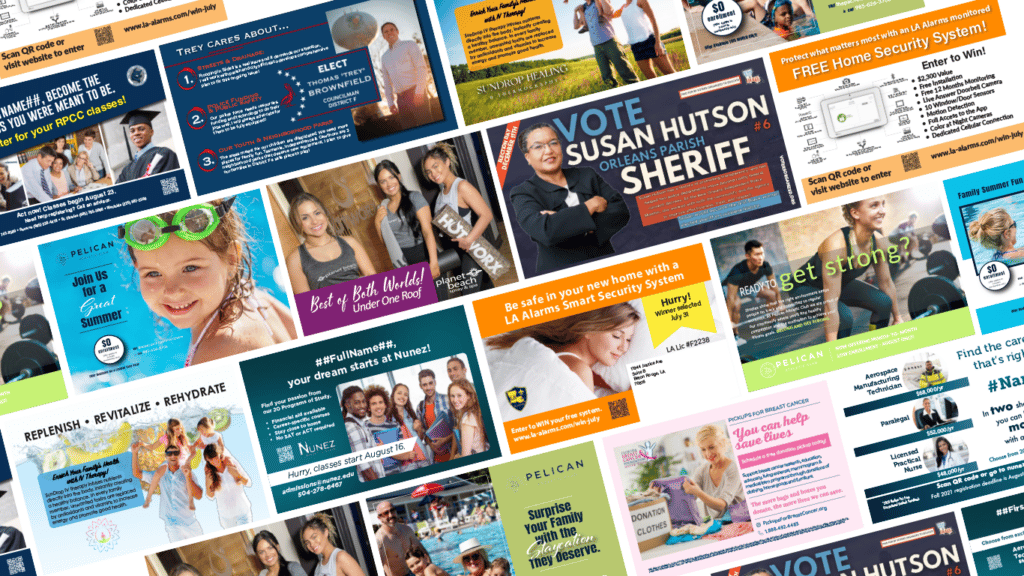Personalization can take many forms, from using a recipient’s name in direct mail pieces to customizing the content and design of brochures or flyers based on the recipient’s interests or preferences. Personalization in print marketing can also extend to the use of variable data printing, where different versions of a piece are printed with unique messaging or images based on recipient data.

Digital marketing offers even more opportunities for personalization, thanks to the abundance of data available on consumer behavior and preferences. Personalized emails, web content, and display ads can all be tailored to an individual’s interests, browsing history, location, and more.

In print and digital marketing, businesses must first gather and analyze customer data to understand their behavior, preferences, and needs. This data can be collected through various channels, such as website analytics, social media insights, or customer surveys.
Once the data is analyzed, businesses can use it to segment their audience and create targeted messaging and creative that resonates with each group. Personalized content can take many forms, including targeted product recommendations, customized offers, or personalized messages that speak directly to the recipient’s needs.
Overall, the power of personalization in both print and digital marketing cannot be overstated. By tailoring messages and creative to specific audiences, businesses can increase the relevance and effectiveness of their marketing campaigns, leading to stronger customer relationships and better business results.
Need help personalizing your marketing campaigns?